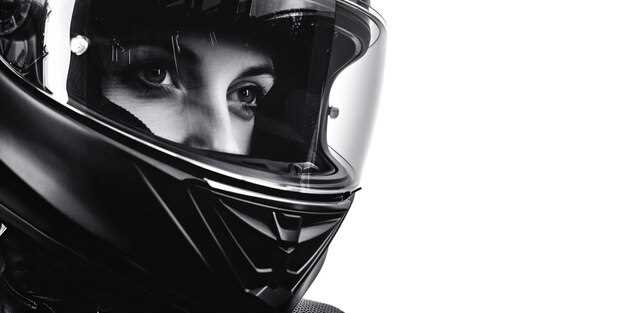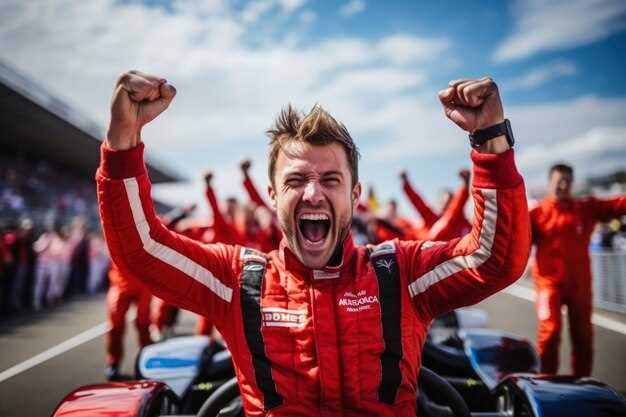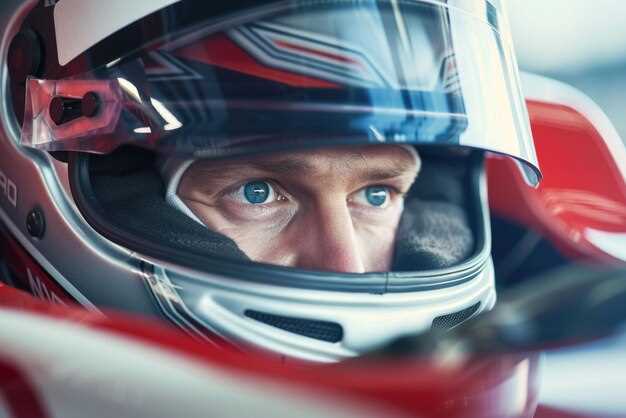
In the high-speed world of racing, success is not merely determined by the power of the engine or the precision of the tires; it is fundamentally influenced by the driver’s vision and ability to maintain focus. A razor-sharp vision allows a driver to perceive every detail of the track, from the subtle changes in asphalt texture to the shifting dynamics of competitors on the road. This level of awareness is crucial for making split-second decisions that can mean the difference between victory and defeat.
Control in racing extends beyond mere steering. It encompasses a driver’s mental state and their capability to anticipate obstacles while executing advanced driving techniques. With unwavering focus, a driver can harness their instincts, managing both the vehicle’s handling and their own reactions to external factors. The relationship between vision and control becomes evident as drivers navigate through complex turns and high-speed straights, where even the slightest distraction can lead to catastrophic consequences.
Ultimately, mastering vision and focus is essential for any serious racer looking to excel. It involves rigorous training, mental discipline, and a continuous effort to enhance perception and concentration. As we explore the fundamental components that contribute to success in racing, it will become clear that these two elements are not just beneficial; they are indispensable on the road to achieving greatness.
Improving Peripheral Vision for Better Race Awareness
Enhancing peripheral vision is crucial for drivers aiming to achieve optimal performance in racing. Peripheral vision allows drivers to maintain awareness of their surroundings without losing focus on the road ahead. By developing this skill, racers can better anticipate other vehicles, obstacles, and track conditions, ultimately improving reaction times and decision-making.
One effective method for improving peripheral vision involves incorporating specific training exercises into a driver’s routine. These exercises can include focusing on a central object while practicing eye movements to identify targets in the periphery. Regularly engaging in such activities can enhance the brain’s ability to process visual information from multiple sources simultaneously, leading to a sharper awareness during races.
Another technique involves practicing in environments that simulate race conditions. Using tools that create dynamic visual environments, drivers can train themselves to gain information from their peripheral vision, ensuring they can monitor their racing lines and competitors effectively. Simulators and controlled practice sessions can help drivers adapt to fast-paced scenarios where peripheral awareness is essential.
Additionally, drivers can implement mindfulness techniques that promote situational awareness. Mindfulness practices encourage a heightened sense of presence and focus, which can help racers notice key details in their peripheral vision that are often overlooked during intense driving situations. This proactive approach contributes significantly to overall performance and safety on the track.
Ultimately, the ability to improve peripheral vision directly correlates with a driver’s awareness during a race. By actively working on this aspect of vision and integrating it into their training, drivers can enhance their competitive edge and significantly elevate their racing experience.
Techniques to Enhance Focus During High-Speed Driving

Maintaining focus while driving at high speeds is essential for achieving optimal performance in any race. Here are some techniques to sharpen concentration and enhance control during intense driving conditions:
- Visualization: Before entering the race, visualize the track and your driving strategy. Picture each turn, straightaway, and potential challenges to prepare your mind for what lies ahead.
- Breathing Exercises: Engage in controlled breathing to calm the mind. Deep, rhythmic breaths help reduce anxiety and increase your ability to maintain focus on the road.
- Goal Setting: Establish clear, achievable goals for the race. Break these down into smaller objectives, such as maintaining speed through certain corners, to help keep your mind engaged and focused.
- Minimize Distractions: Ensure that the driving environment is free from distractions. Keep the car’s interior clutter-free, and limit interaction with team members or crew during the race.
- Physical Conditioning: Improve physical fitness with regular exercise. A strong, healthy body supports mental acuity and stamina, both vital for maintaining high levels of focus during long races.
- Practice Mindfulness: Incorporate mindfulness meditation into your routine. This practice helps improve your ability to stay present and attentive, reducing the risk of losing focus on critical driving elements.
- Routine Establishment: Create a pre-race routine that includes specific rituals or actions that signal your brain it’s time to shift into race mode. Consistency helps in sharpening focus and enhancing control.
- Stay Hydrated: Proper hydration levels are essential for maintaining cognitive function. Dehydration can lead to fatigue and reduced concentration, so keep a water intake schedule leading up to the race.
- Audio Cues: Use music or audio cues that sharpen your senses. Experiment with sounds that help you get in the zone and focus without being overly distracting.
Implementing these techniques can significantly improve focus and control while driving at high speeds, ultimately contributing to a successful racing experience.
Utilizing Visual Cues for Optimal Track Performance

In the high-stakes world of racing, the ability to interpret and respond to visual cues can dramatically influence a driver’s performance on the track. Effective utilization of these cues requires not just keen eyesight but also the ability to process information rapidly while maintaining focus. This skill can be the difference between winning and losing a race.
Drivers must cultivate their vision to identify key elements of the track, including turns, elevation changes, and surface conditions. Paying close attention to markers such as cones or painted lines can provide vital information regarding braking points and optimal racing paths. For instance, a subtle shift in road texture may signal a change in traction, prompting a strategic adjustment in driving style.
In addition to immediate track markers, understanding the behavior of competing vehicles is crucial. Observing a rival’s lines and braking patterns enables a driver to anticipate their moves, allowing for timely reactions. This heightened awareness can create opportunities for overtaking and defensive maneuvers, enhancing overall race strategy.
Moreover, mental visualization techniques can further strengthen a driver’s performance. By mentally rehearsing the racecourse and anticipated scenarios, drivers can improve their response times, making them better prepared for unexpected challenges. Visualization reinforces the connection between vision and driving, sharpening focus and enhancing confidence on race day.
To maximize track performance, drivers should also regularly assess their visual skills through focused training exercises. These might include reaction drills that sharpen reflexes or simulation exercises that mirror real-race conditions. By refining their vision and incorporating these visual cues into their driving repertoire, racers can optimize their performance and gain a competitive edge in every race.



